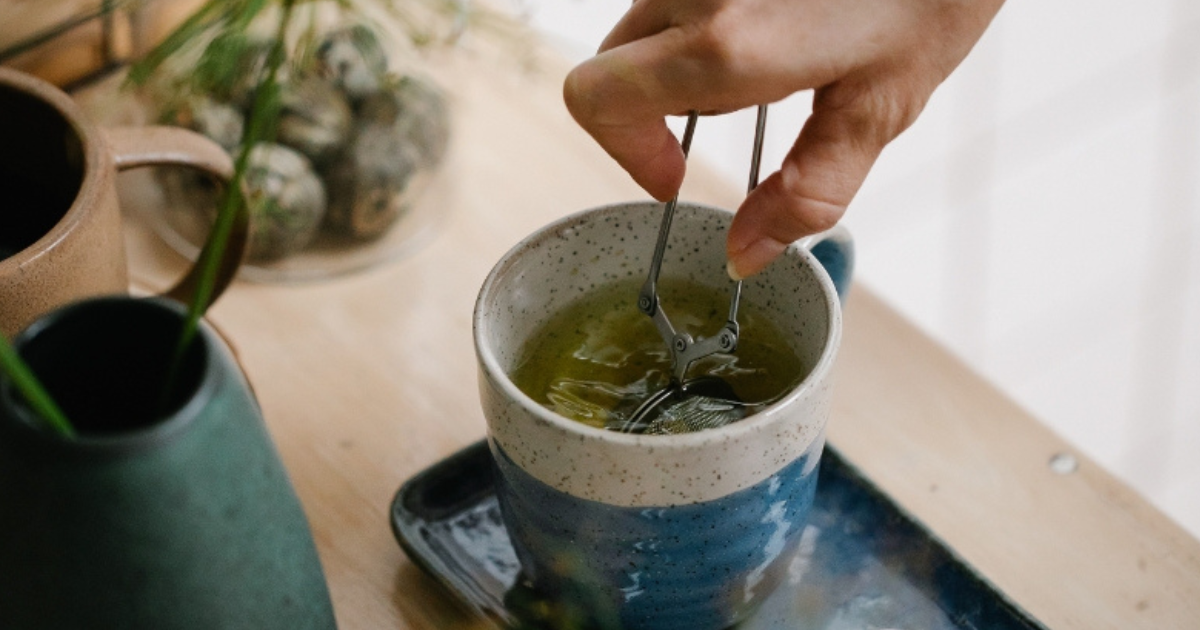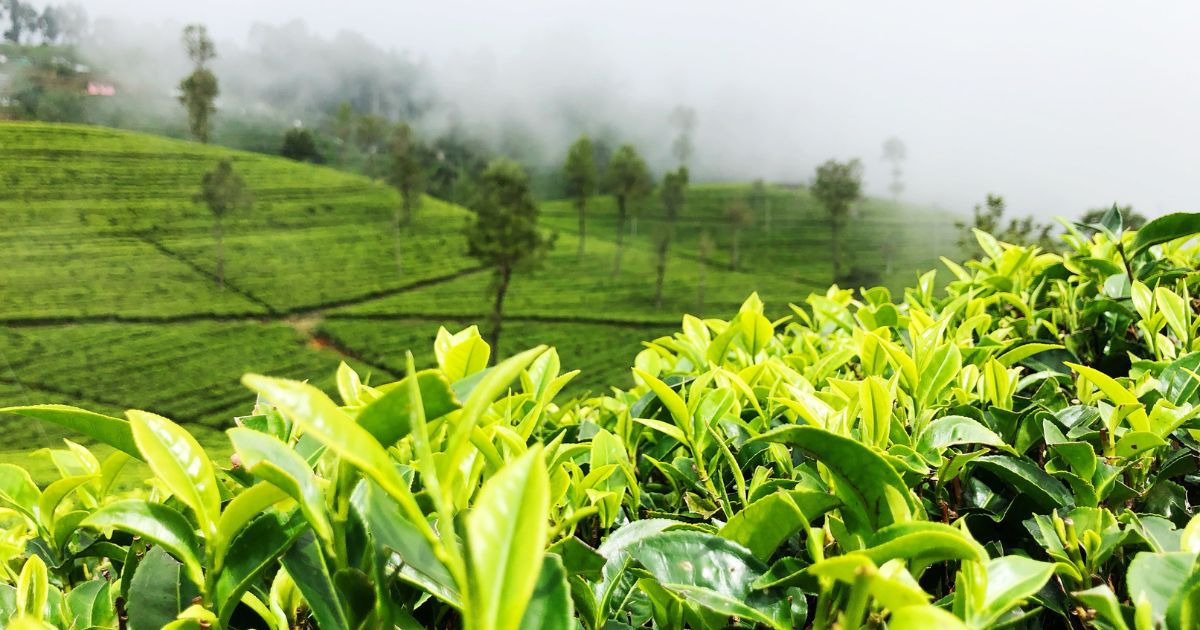Unveiling the Mystery Behind the World’s Second Most Popular Beverage: The Diverse Flavors of Camellia sinensis Tea

Tea, a beverage steeped in history and tradition, is consumed with joy and reverence worldwide. While we often enjoy a cup of tea, there are fascinating facts and untold tales hidden beneath its surface. In this blog post, we embark on a captivating journey to discover an intriguing fun fact about tea that will deepen your appreciation for this beloved drink. So, prepare to be amazed as we unravel the mystery behind one of the most astonishing aspects of tea culture – Camellia sinensis.
Fun Fact: Did you know that all tea—whether black, green, white, or oolong—comes from a single plant species, Camellia sinensis?
While the world of tea boasts an array of flavors, colors, and aromas, it’s astonishing to realize that they all originate from the same source—the evergreen shrub known as Camellia sinensis. This remarkable plant, native to East Asia, provides the foundation for the vast diversity of teas enjoyed globally.
Tea lovers are often accustomed to distinguishing between different types of tea—black, green, white, and oolong—each boasting its own unique character. Yet, the fundamental truth is that they all share one common and extraordinary origin. Camellia sinensis, a member of the Camellia family, holds the key to this fascinating fact.
The diverse characteristics of each tea type are a result of variations in processing methods, oxidation levels, and the specific tea plant cultivars used. While black tea undergoes a complete oxidation process, green tea is unoxidized and retains its vibrant hue. Oolong tea undergoes partial oxidation, lending it a delicate balance between the qualities of black and green tea. White tea, on the other hand, is the least processed, comprising of young tea buds and minimal oxidation.
This captivating fact demonstrates the mastery of tea artisans who skillfully manipulate the leaves of the Camellia sinensis plant to unlock a vast spectrum of flavors and aromas. From the bold and robust profiles of black tea to the delicate and grassy notes of green tea, and from the fragrant and complex oolong teas to the subtle and nuanced white teas, the possibilities seem endless once you grasp the incredible versatility within this single plant species.
The world of tea is a treasure trove of surprises and intriguing facts. Among them, the astonishing fact that all types of tea—black, green, white, and oolong—derive from a single plant species, Camellia sinensis, stands out. This captivating revelation highlights the creativity of tea artisans, who expertly craft a plethora of flavors and experiences from the leaves of this extraordinary shrub. So, the next time you savor a cup of tea, remember the incredible journey it has taken from the humble Camellia sinensis plant to your teacup, and celebrate the magic and diversity that a single origin can bring.
References:
- Gascoyne, K., Stout, H., Cerda, E., & Riffle, S. (2018). Tea: History, Terroirs, Varieties. Firefly Books.
- Heiss, M. L., & Heiss, R. J. (2011). The Tea Enthusiast’s Handbook: A Guide to the World’s Best Teas. Ten Speed Press.









